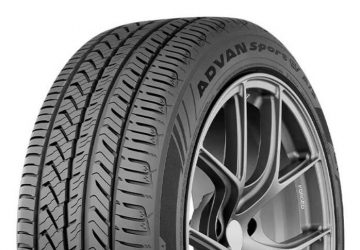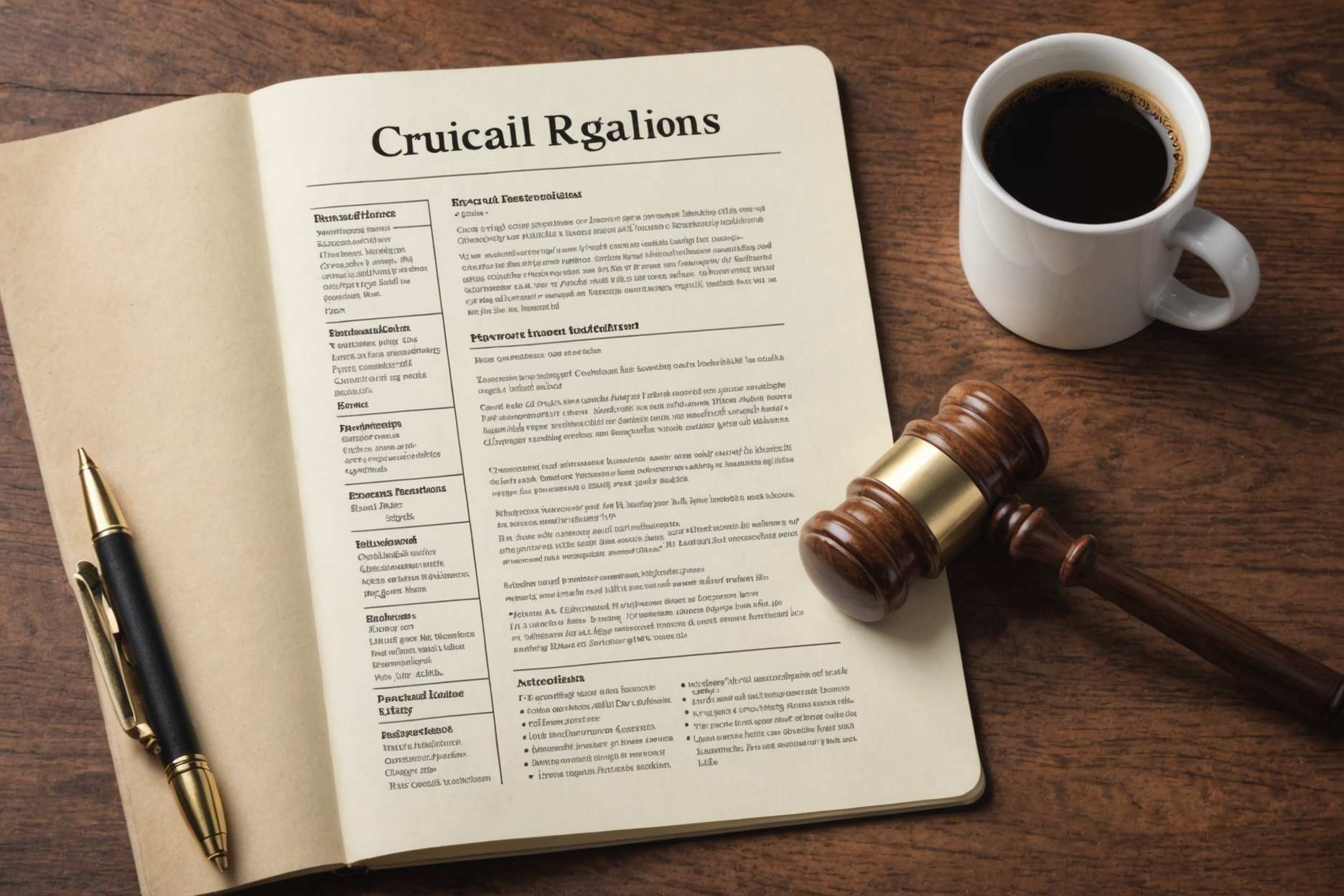
When you buy through links on our articles, Future and its syndication partners may earn a commission.

Three Chinese astronauts finally have a reliable way to get home from orbit.
The uncrewed Shenzhou 22 spacecraft arrived at Tiangong space station today (Nov. 25) at 2:50 a.m. EST (0750 GMT and 3:50 p.m. Beijing time), about 3.5 hours after launching to orbit atop a Long March 2F/G rocket.
Shenzhou 22 is an unprecedented mission for China — an emergency flight mounted on a short timeline to help out three astronauts who have been "stuck" on Tiangong for the past 10 days.

Those astronauts arrived at the station Oct. 31 for a six-month stay. Their mission, Shenzhou 21, took over from the three-astronaut Shenzhou 20 flight, which was scheduled to come home on Nov. 5.
But things got complicated when Shenzhou 20's departure was delayed after inspections revealed a crack in the window of the crew's return spacecraft. The damage, likely inflicted by a space debris strike, made the Shenzhou 20 vehicle unfit to carry astronauts on the harrowing trip down through Earth's atmosphere, Chinese space officials determined.
So, the Shenzhou 20 trio came home in the newly arrived Shenzhou 21 spacecraft, touching down safely on Nov. 14. That solution solved one problem but created another, leaving the Shenzhou 21 crew without a safe way to get home in the event of an emergency.
China is prepared for such eventualities, however. The nation keeps a backup Long March 2F/G rocket and Shenzhou capsule in a state of near-readiness at the Jiuquan Satellite Launch Center in the Gobi Desert and can fast-track a launch should the need arise.
China activated this contingency plan in the wake of the Shenzhou 20 debris strike, getting the uncrewed rescue mission off the ground just 20 days later.
Shenzhou 22 provides "a successful example for the international aerospace field in efficiently responding to emergencies," the China Manned Space Agency (CMSA) said in a statement today.
"The success of this mission fully demonstrates the advantages of the new national system, profoundly interprets the concept of 'life first, safety first' in China's manned spaceflight, comprehensively verifies the scientific reliability of the 'one-for-one, rolling backup' strategy for China's space station mission, and practically tests the rapid response and emergency handling capabilities of the entire project," CMSA officials added.
The damaged Shenzhou 20 capsule, meanwhile, is still docked to Tiangong. It "will remain in orbit to conduct relevant experiments," according to the CMSA statement. That space stay will have to end in the next five months or so, however; Shenzhou 20 occupies a docking port that will be needed by the next crewed flight to Tiangong, Shenzhou 23, which is expected to launch in April 2026.
LATEST POSTS
- 1
 Could it be said that you are As yet Utilizing Old Tires? at These 6 Tire Brands
Could it be said that you are As yet Utilizing Old Tires? at These 6 Tire Brands - 2
 Manual for Tracking down the Immaculate Magnificence of Focal Asia
Manual for Tracking down the Immaculate Magnificence of Focal Asia - 3
 'All's Fair,' Ryan Murphy's new show starring Kim Kardashian, hit with scathing reviews: 'A girlboss fever dream'
'All's Fair,' Ryan Murphy's new show starring Kim Kardashian, hit with scathing reviews: 'A girlboss fever dream' - 4
 Exhaustive Experiences into Prudent Senior Living in the UK
Exhaustive Experiences into Prudent Senior Living in the UK - 5
 Most loved Fish Dish: What's Your Sea Joy?
Most loved Fish Dish: What's Your Sea Joy?
 Doritos and Cheetos debut 'NKD' options, without artificial colors or flavors
Doritos and Cheetos debut 'NKD' options, without artificial colors or flavors US FDA panel to weigh bid to market nicotine pouches as lower-risk than cigarettes
US FDA panel to weigh bid to market nicotine pouches as lower-risk than cigarettes This St Nick Truly Can Advise How To Drink And Hack Your Headache
This St Nick Truly Can Advise How To Drink And Hack Your Headache 7 Delightful Ferris Wheels, Do You Like Them?
7 Delightful Ferris Wheels, Do You Like Them? Best bar-b-que Style: Which One Is Your Number one?
Best bar-b-que Style: Which One Is Your Number one? What is Fusarium graminearum, the fungus a Chinese scientist pleaded guilty to smuggling into the US?
What is Fusarium graminearum, the fungus a Chinese scientist pleaded guilty to smuggling into the US? Figuring out Significant Regulations and Guidelines for Organizations
Figuring out Significant Regulations and Guidelines for Organizations The Manual for Electric Vehicles that will be hot merchants in 2023
The Manual for Electric Vehicles that will be hot merchants in 2023 Unsold Rams May Be Less expensive Than You Suspect
Unsold Rams May Be Less expensive Than You Suspect













